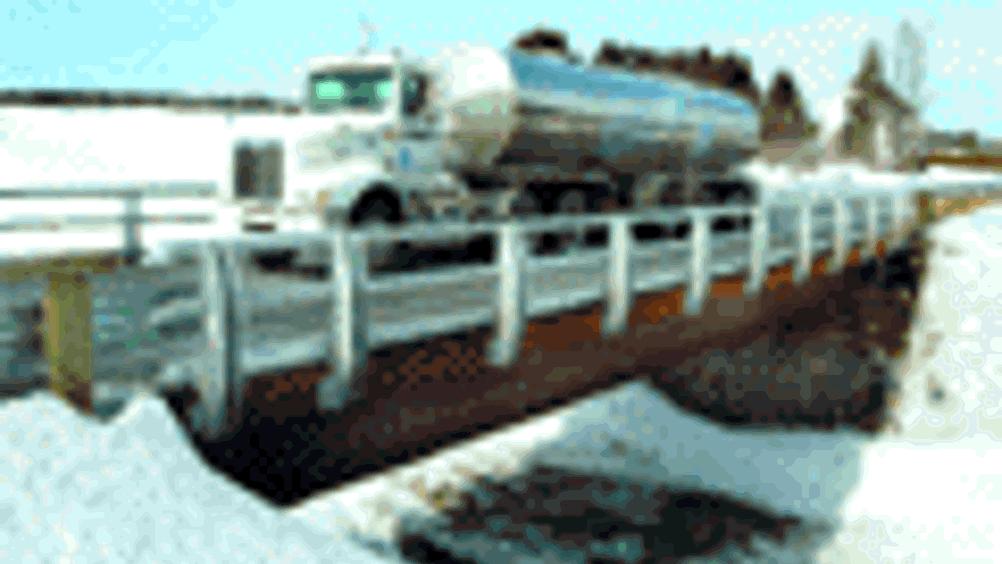Reducing pier pressure

A
Prof Michel Bruneau, an earthquake engineering expert at New York State’s University, Buffalo, said that there is a need to protect bridges from both events since as well as being terrorist targets they are also often located in areas of moderate or high seismic activity.
Intended primarily for small and medium sized bridges, Bruneau’s concept focuses primarily on the design of the bridge piers.
Bruneau said that most existing bridges are supported by conventional reinforced concrete columns which, in the event of a major blast, would breach, causing the bridge to collapse.
In his design, the piers are made from corrosion-resistant steel tubes filled with concrete, but without reinforcing bars. The steel and concrete bind together, forming a composite structure, which is claimed to give the piers superior strength and ductility.
Register now to continue reading
Thanks for visiting The Engineer. You’ve now reached your monthly limit of news stories. Register for free to unlock unlimited access to all of our news coverage, as well as premium content including opinion, in-depth features and special reports.
Benefits of registering
-
In-depth insights and coverage of key emerging trends
-
Unrestricted access to special reports throughout the year
-
Daily technology news delivered straight to your inbox










Water Sector Talent Exodus Could Cripple The Sector
Well let´s do a little experiment. My last (10.4.25) half-yearly water/waste water bill from Severn Trent was £98.29. How much does not-for-profit Dŵr...